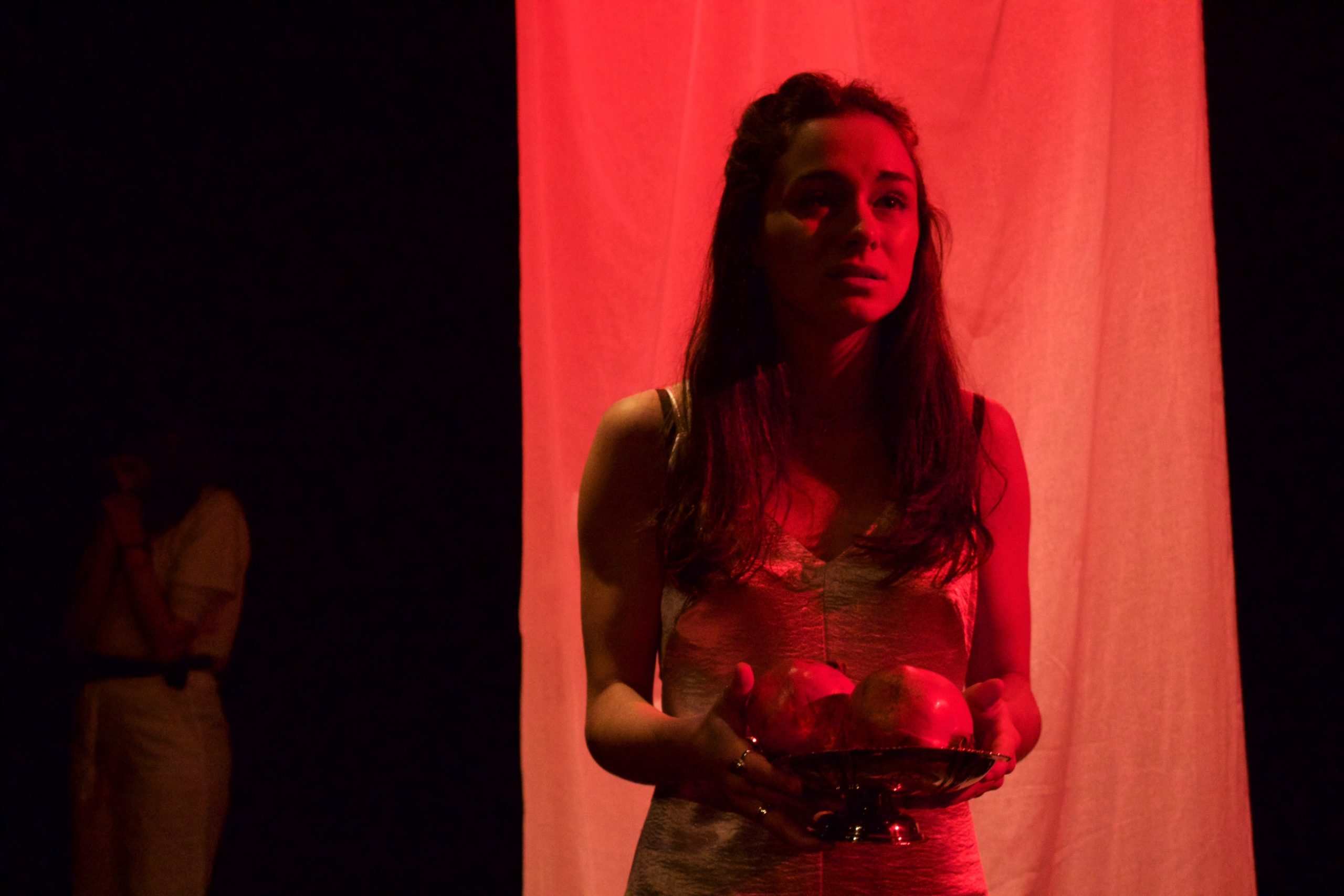Salomé
Bedlam Theatre
Run Ended
As an avid devotee to the cult of Wilde, I was particularly excited about Edinburgh University Theatre Company’s production of his epic tragedy Salomé, especially as the company aimed to emulate the artistic influences of the writer’s life; the extravagant, powerful show inspired by this did not disappoint. Providing a fitting homage to Wilde’s hedonistic, indulgent lifestyle, the play also paid tribute to the writer’s stubborn determination to stay true to himself through the quietly rebellious performances of the characters, especially Sasha Briggs as Salomé.
The most striking thing about the performance was the incredibly high standard of the acting, with all the actors skilfully exhibiting the depth of Wilde’s characterisation, generating a vivid performance full of tension and intensity. A highlight was Cameron Banks, playing the prophet Iokanaan, transcendent in his spiritual isolation and sinister, frenzied warnings, while the minor characters of the court served to emulate the gossipy, superficial nature of Victorian society.
Dialogue between Briggs and her male opposition King Herod, played by John Spilsbury, was so full of tension and conflict that it was almost uncomfortable to watch, but too mesmerising to look away. By contrast moments of witty Wildean humour, providing fleeting relief for the audience, were revelled in, with Spilsbury echoing the melodramatic ridiculousness of Lady Bracknell from “The Importance of Being Earnest”. The broad scope and superior quality of Spilsbury’s acting was showcased brilliantly throughout the production, almost overshadowing Brigg’s manipulative, gracefully majestic portrayal of Salomé.
Directors Laura Hounsell and Sophie McAlpine chose a deeply symbolic, atmospheric interpretation of the tragedy, emphasised by the final scene of Salomé kissing Iokanaan’s severed head by eating a pomegranate. Although this decision created a wonderfully artistic, multisensory experience, the importance placed on cultivating this pushed the plot from the forefront, at times to the detriment of the show.
The climax of Salomé’s dance for the King, while impressive in its yellow and red hues and dramatic shadows, left me deflated and disappointed, with Briggs simply stood behind a sheet to a poorly-played violin solo. This scene lay in stark contrast to the rest of the show, as it felt lack lustre; luckily the strength of the actors pulled the audience through.
Costumes were a combination of Victorian and contemporary styles, used to illustrate the clashes between characters, as well as the writer’s own conflict in styles. Wilde’s classic extravagance and indulgence was reflected in the peacock feathers in the soldiers’ hats and the glamorous, shimmering ball gowns of the women of the court, creating a stunning visual experience evocative of Wilde’s hedonistic ideals.
Overall EUTC’s production of Wilde’s potent tragedy was intensely powerful in its exploration of conflict and temptation, with the immense talent of the actors and their authentic performances masking any potentially disappointing moments. Their depth of characterisation and painful tension was hugely successful.

